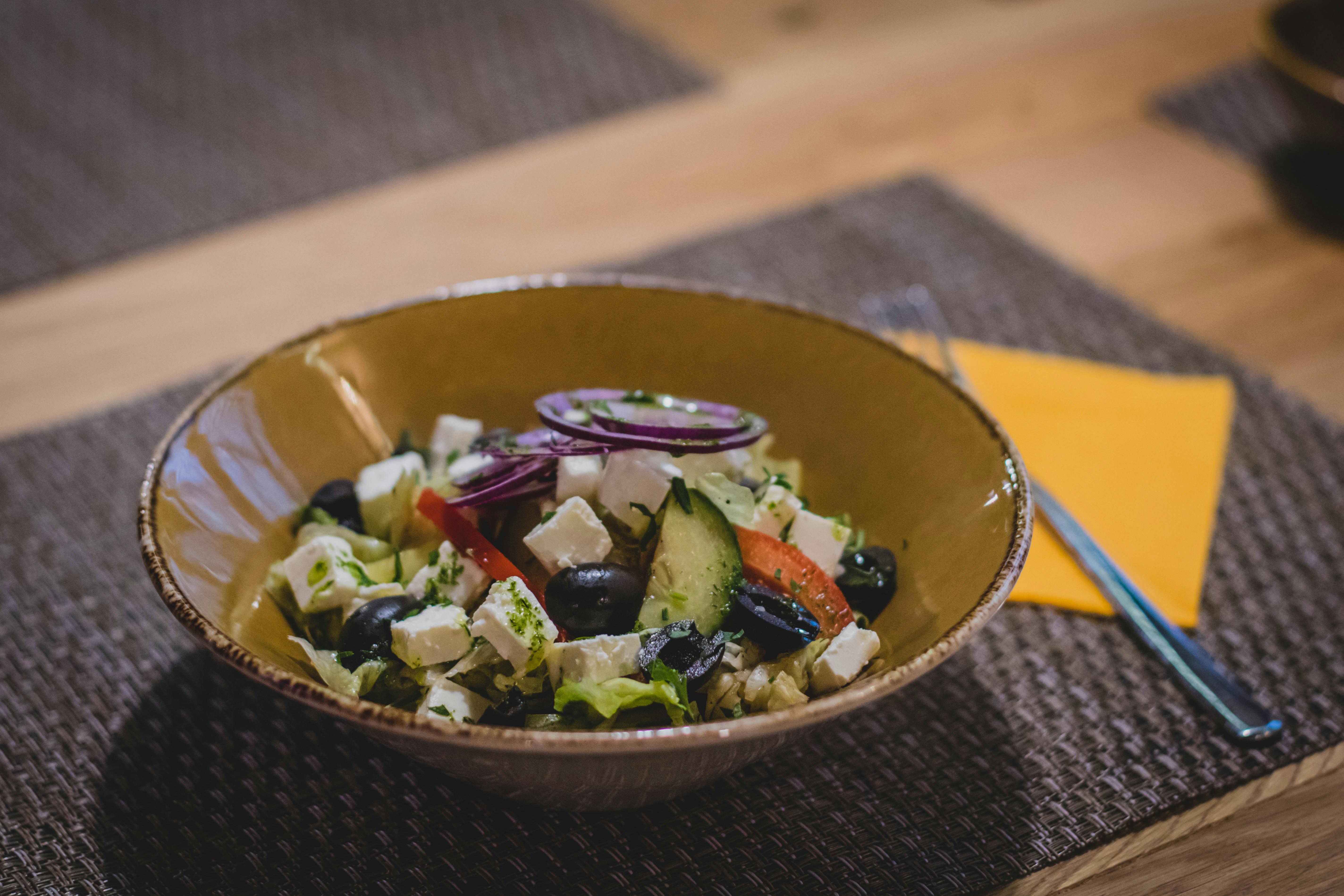India and Pakistan are quite similar when it comes to the food we eat and the clothes we wear. The way we cook fresh vegetables can and should be different to keep the element of surprise alive during lunchtime. Well ‘Gatte ki sabzi’ is a traditional Rajasthani dish but today we will look at it from a Pakistani perspective. Gram flour (Besan) plays the main role in the preparation of this dish. This gram flour recipe will add wonders to your meal times and those sitting at the dining room table will have nothing but scrumptiousness.
The word ‘Gatte’ means cooked chunks of chickpea flour poured into a thick mixture of spicy curd that becomes an incredibly flavorful recipe in the end. Being in curry form means you can enjoy it with naan and roti along with a salad. Plain rice is also a legitimate side dish. Buy besan and other ingredients from an online grocery store or a brick-and-mortar store, as long as they sell high-quality grocery products. The benefits of chickpea flour are several with its high protein content and gluten-free nature. Chickpea nutrition also includes dietary fiber to support a healthy gut and solve constipation.
The solution requirements for preparing gram flour pieces
1. ¾ bowl of gram flour
2. A quarter teaspoon of turmeric (Haldi) powder
3. A quarter teaspoon of red chili (Lal Mirch) powder
4. A quarter teaspoon of cumin seeds (Zeera)
5. A quarter teaspoon of garam masala powder
6. 2 teaspoons of oil (olive oil is a healthy option)
7. Add salt to your liking
Ingredients for the sauce part
1. Mustard seeds – a quarter teaspoon
2. Seeds of cumin or zeera – a quarter of a teaspoon
3. A pinch of Asafoetida powder – a resin that imparts an irresistible aroma to the cooked version
4. 1 teaspoon finely sliced ginger
5. 1 green chile, thinly sliced
6. 1 onion cut into thin slices
7. ½ teaspoon coriander powder
8. ½ teaspoon red chili powder
9. A quarter teaspoon of garam masala powder
10. A quarter cup of battered yogurt
11. 2 tablespoons of oil (you can add 1 tablespoon of oil + 1 tablespoon of butter)
How to make chickpea flour chunks?
1. Take a large bowl and add ¾ gram flour, quarter teaspoon red chili powder, cumin seeds, garam masala powder, 1 teaspoon olive oil and a little salt.
2. Gradually add water to the mixture and use your hand until the dough (as we do with parathas) takes shape.
3. When the dough is ready, divide it into 8-10 equal portions. Roll each of them into 1/2-inch thick and 5-inch long.
4. Bring at least 3 cups of water to a boil over medium heat. Add the skinny rolls to the pan and wait 8-10 minutes before turning off the burner.
5. Scoop out the cylindrical chunks of chickpea flour on a plate and let them cool for a few minutes.
6. Once at room temperature, cut ½ inch pieces from these rolls and your meatballs are ready.
How to make the sauce?
1. Pour 1 tablespoon of ghee or oil into a non-stick pan and fry the meatballs over medium heat for 2 minutes. Scoop out the fried pieces on the same plate.
2. For another tablespoon of oil in the same pan. Put in the mustard seeds, and when they start to pop, add a quarter teaspoon each of zeera, asafoetida, ginger, and green chili. Allow the mixture to heat for 30 to 40 seconds before adding the sliced onion.
3. Time to add coriander powder, red chili powder, garam masala powder and stir the resulting mixture for less than a minute. Bring the curd in and stir for 2 to 3 minutes. When oil appears on the surface, it is a signal to go ahead.
4. Add 1 cup of water and ½ teaspoon of rock salt (natural salt) to the solution. Mix it well and wait until it starts to boil.
5. Lower the heat and add the lightly fried gram flour pieces to the mixture.
6. Cook until the mixture thickens. It will take almost 7 minutes to get to that point. Keep stirring so the solution doesn’t stick to the bottom. If you don’t want it to be thick, add a cup of water and cook for 4 more minutes.
7. The recipe is ready and you can serve it to the group of visitors or your own family after sprinkling it with fresh coriander leaves.
In Pakistan, there are multiple kitchens in operation and most of them have access to the grocery items that are generally available. Unfortunately, the grocery section and the online market for fruits and vegetables are saturated with adulterated products and this poses a serious threat to the health of Pakistanis. We must do something to overcome the problem of food adulteration before it is too late.
